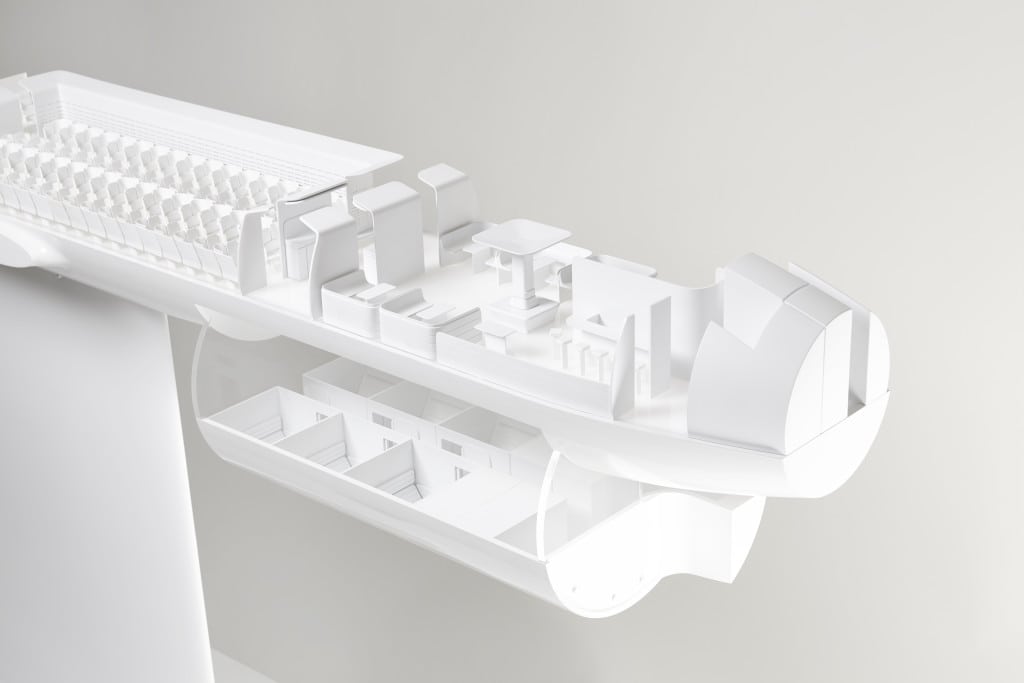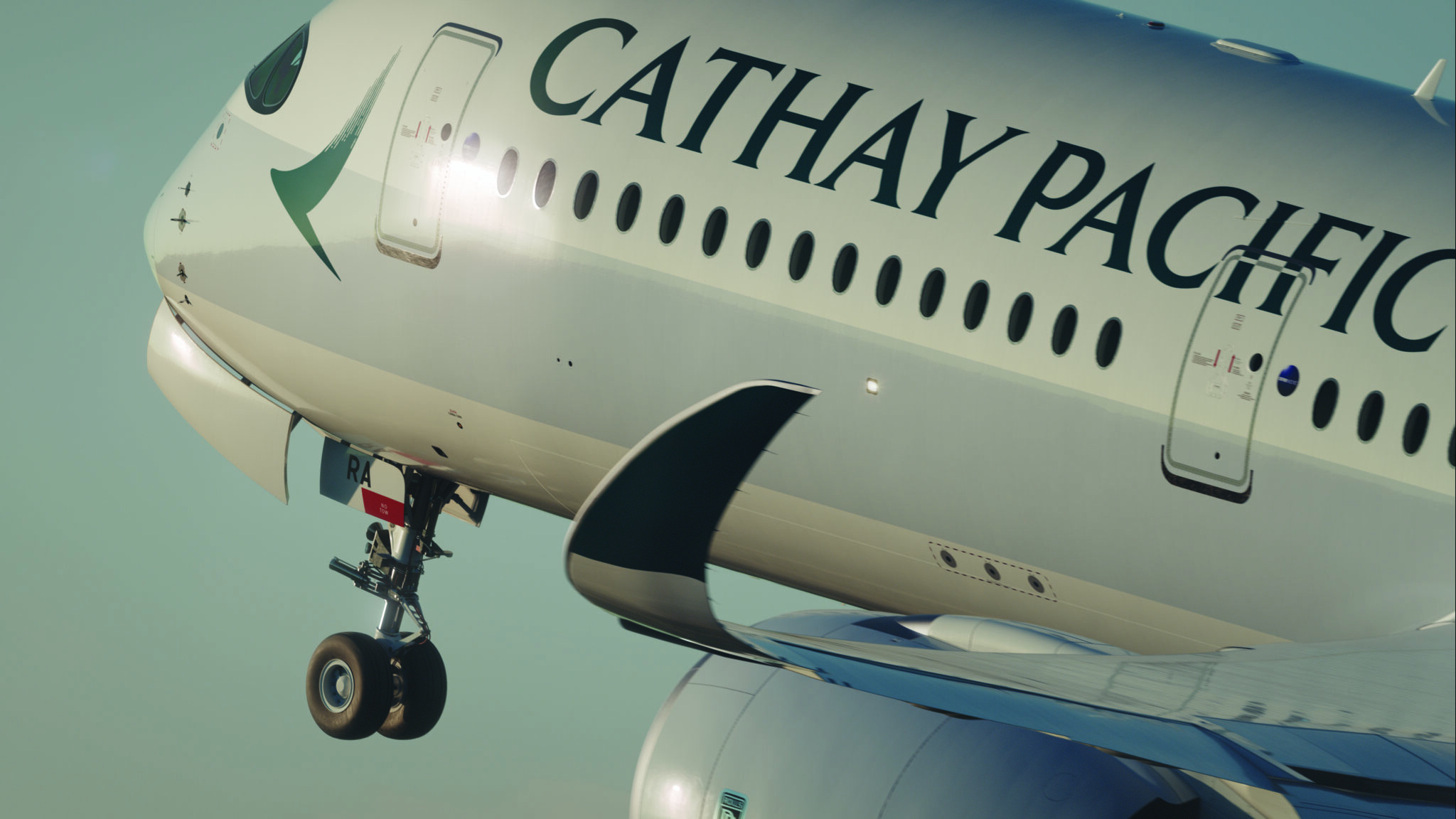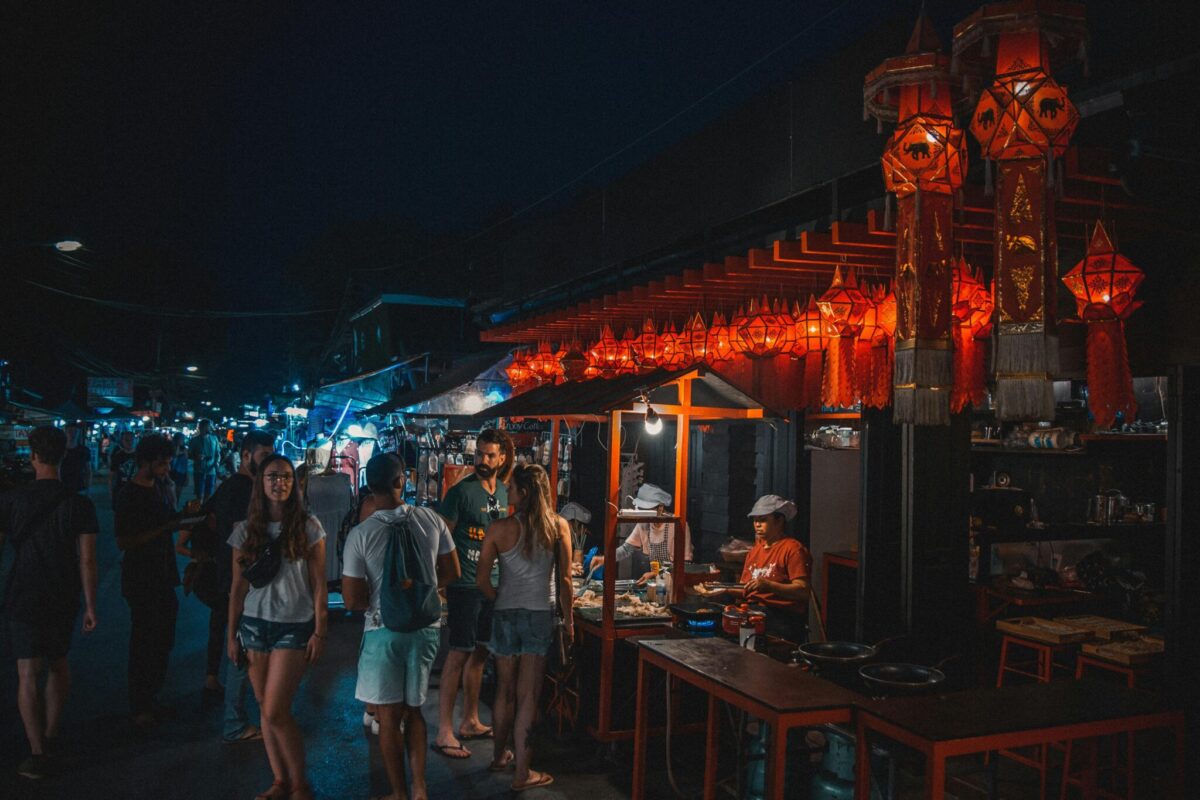3 Ways Airlines Can Use Wasted Cargo Space to Improve the Passenger Experience

Skift Take
If some designers get their way, excess room in the belly of the plane could be used to improve the passenger experience.
Airlines have long benefited from cargo revenue to cover losses from passenger services and balance out their books, but recently the cargo business has been soft, leaving room in the belly of the plane for new design concepts.
IATA reports weak cargo performance in 2015, shrinking from soft demand at the end of 2014. While the average passenger load factors (the percentage of an aircraft’s seat capacity which is actually sold) was high at 80.6% in 2015, the average freight load factor (the percentage of freight capacity sold) was only 43.6%.
For 2016, IATA projects similar high passenger load factor, at 80.4%, and low freight load factor at 42.5%.
IATA’s Chief Economist, Brian Pearce, told reporters in Geneva that air travel has seen a doubling of airline revenues in the past decade, but air cargo revenues next year are expected to be no higher than they were 10 years ago.
The cause of all this wasted space in the hold, IATA reports, is weak International trade growth. Airlines compete with other forms of freight for their business, and, while they offer unique services for time-sensitive deliveries, passenger airlines must compete with air freight companies for this prime business.
Some believe that this downward trend in cargo presents a golden opportunity for airlines to focus on passenger improvements.
Ideas for the Extra Space
During the Innovative Aircraft Seating Conference in Hamburg, Ayşegül Durak, chief engineer for cabin interiors at Turkish Airlines, suggested that airlines could create more room in the passenger cabin by shifting galleys, even some lavatories, from the main deck to the hold.
“If we don't use galley inserts on the whole flight then why are they located in the seat space, for just two or three hours of use?” she said. “A new catering concept is needed,” Durak added, “with less equipment, and offering galleys located underbelly as a line-fit option for all wide-body aircraft.”
One such innovative food distribution system was proposed in a patent filed by Sell GmbH, a German division of Zodiac Aerospace, this year. With food preparation galleys moved downstairs, and a mechanized delivery system, inspired by sushi-carousels and automat dining, the idea has promise. The proposed method to dispense food might also force airlines to add more legroom, leaving adequate room for food trays to rise up to the passenger level.
The ‘Desire Lines’ Life-Style cabin concept, also introduced this year by Zodiac Aerospace this year, takes the trending 3D design concept which makes the most of vertical space in the aircraft, to new levels--both above and below today’s passenger floor.
With rentable beds overhead for Economy passengers, and private suites in the hold for VIP passengers, there’s room for everyone to have a relaxing long-haul experience.
Alternative dining services, a roomy lounge, and flexible cabin classes--tailored to suit couples, singles, families, and professionals who want to get down to work, make this Life Style concept a heavenly notion that we'd love to see take flight.




